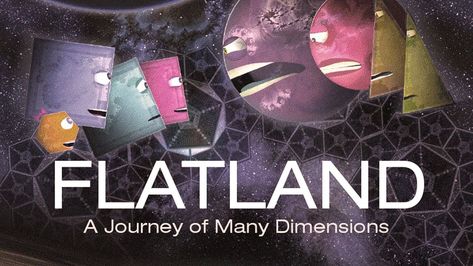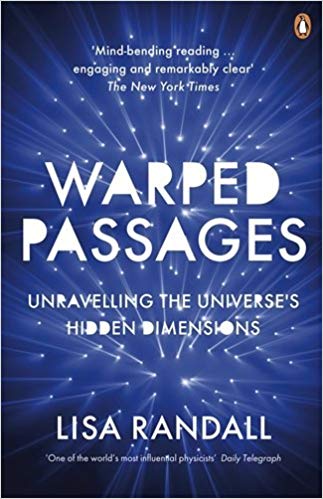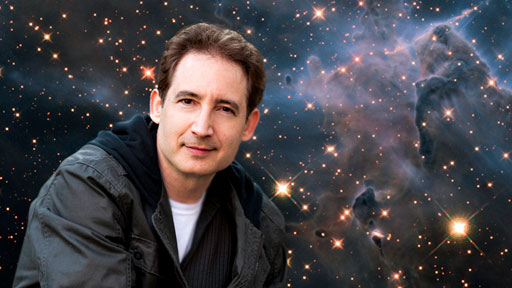A Strange Theory of Light and Matter
Have you ever wondered, ‘Why does the angle of reflection equal the angle of incidence’ or ‘Why does light always “prefer” the shortest path?’.
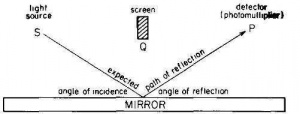
In fact, this rule that we all know is a question that we do not know why.
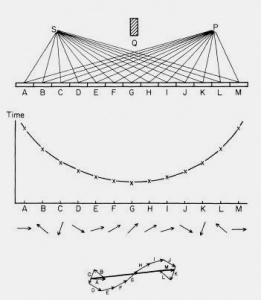
The answer is, as Feynman explains in the book, the probabilities of the paths required for the light to reach a point and the result of the probability arrows. In summary, since the angles other than the angle of reflection and incidence are of the same length and opposite directions, as seen in the arrows, they cancel each other, and the angles of reflection and incidence having equal backward angles cancel each other. is to remain.
Quantum comes from the word quanta, which means small energy packets. Max Planck used the word quanta for light. Quantum electrodynamics is the field that studies the electromagnetic relationship of subatomic particles. Feynman shows the interactions that the electron can make in K-E-D-I with his own Feynman diagrams.
The thing that intrigued me the most in the book is Richard Feynman’s description of the positron as an electron going back in time. The positron and the antipositron cancel each other out. If you think of it as an electron going forward and one backward in time, you would think it would give the same result. They annihilate each other. They emit gamma rays. .
With K-E-D-I, you have the opportunity to scientifically understand the events we observe every day about matter and photon.
